- + (911) 1987 123456
- chair@kensingtoncourtresidents.org
- Kensington Court London
The Completion of Kensington Court
The remainder of the Association’s area, Thackeray Street and Kensington Court Place also took their present shape round the turn of the century. Here was a warren of workmen’s houses and servants’ living quarters, as well as stables serving the grander homes of Kensington Square. On the east side of what is now Kensington Court Place were gardens and the home of the Kensington Lawn Tennis Club. An Act of Parliament was passed to allow roads to be realigned and renamed, houses and alleys were removed and more Victorian mansion blocks were built. Thackeray Street emerged with its agreeable combination of shops and flats.
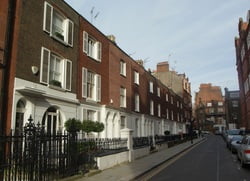
At the south end of Kensington Court are all that remain of the working men’s houses that once covered the area. These were built by Jonathan Hamston earlier in the 19th century. All the others made way for blocks of flats, like Hamston House itself and opposite, the enormous mansion block Kensington Court Gardens, curiously named, because it has no garden.
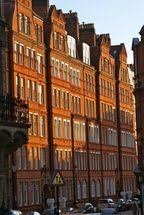
This part of Kensington Court can boast two famous but very different former residents. The great poet, T.S.Eliot, made his home in Kensington Court Gardens for the last 8 years of his life. His wife lived there for another half a century, until her death in 2012, the indefatigable editor and guardian of his letters and literary legacy. Round the corner in Thackeray Street, in the last and much later block of flats to be constructed, Esmond Court (1932), lived Joan Sims, the actress who first made her name in the Carry On films.
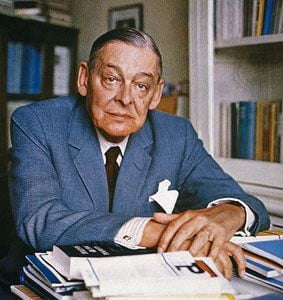

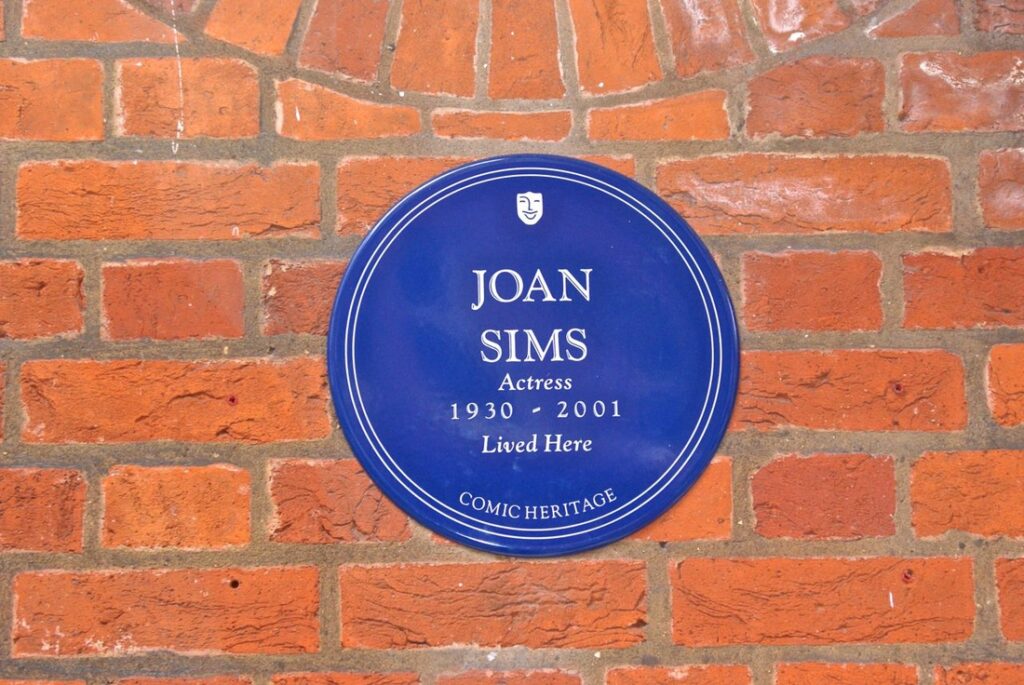
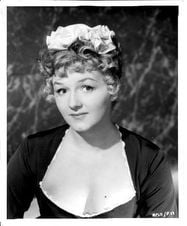
It is perhaps worth ending this account of the creation of Kensington Court with some words of praise from The Architectural Review, whose correspondent visited it in 1906 after its completion.
‘Kensington Court, earliest and best example of those little coteries of houses which in one form or another have since had so considerable a vogue, deserves a word in passing. Mr Jackson's picturesque house at the entrance [the Milestone Hotel] and the row of houses by Mr Stevenson, have their share in the result; but it is the happily conceived group of houses in the centre, an arrangement without precise parallel before or since, to which the effectiveness of the whole is chiefly due..'.
